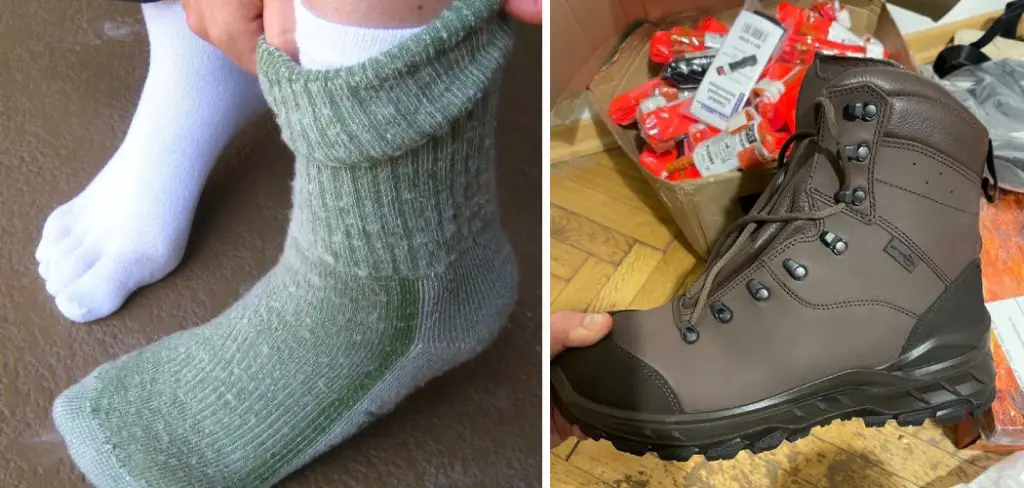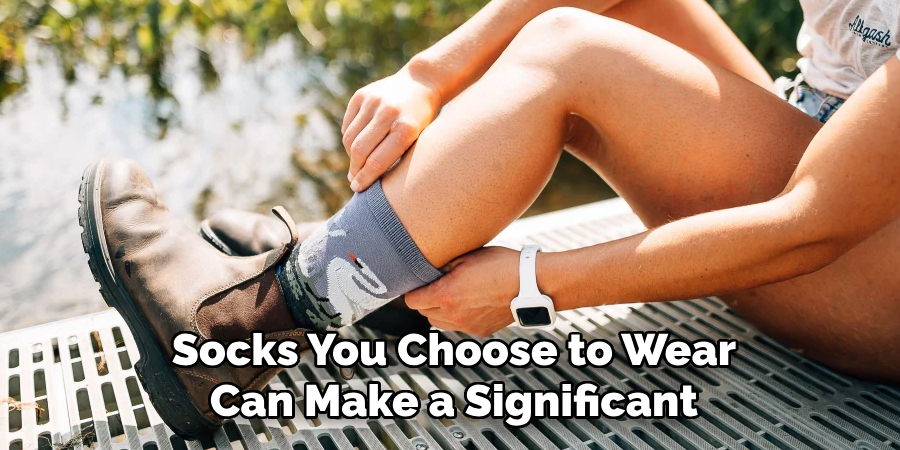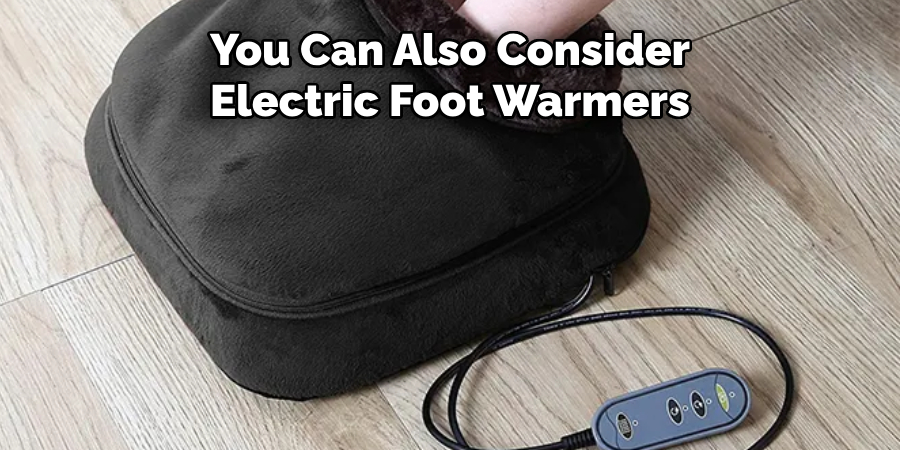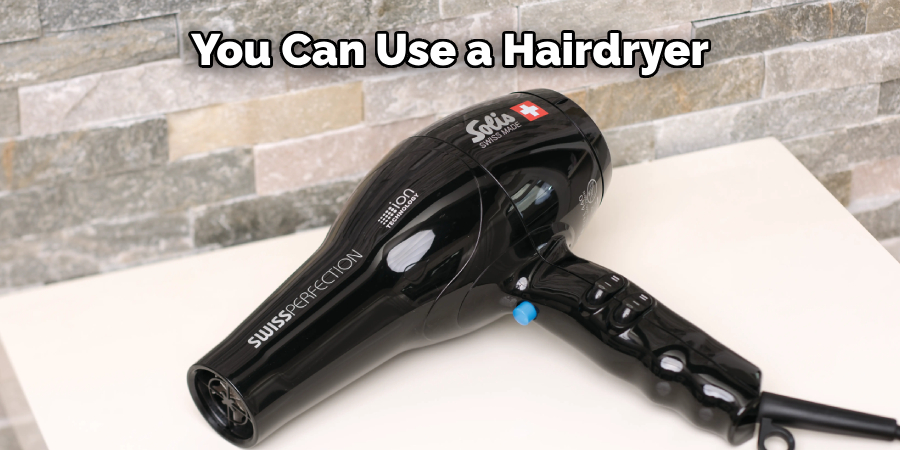Keeping your toes warm in boots, especially during the colder months, is essential for comfort, preventing frostbite, and maintaining overall foot health. Whether you’re hiking through snowy trails, commuting in chilly weather, or simply enjoying the great outdoors in winter, ensuring your feet stay warm can make the experience much more enjoyable and safe.

In this guide on how to keep toes warm in boots, we’ll explore a variety of methods and tips to help keep your toes cozy and warm, from the types of socks you should consider to the importance of boot material and fit. Stay tuned for actionable advice on keeping your feet warm, no matter how cold it gets outside.
Understanding Cold Toes in Boots
Before we dive into the solutions for keeping your toes warm, it’s crucial to understand why your toes get cold in the first place. The sensation of cold toes, or feet in general, during low temperatures, can be attributed to several factors. Primarily, it is the body’s natural response to cold conditions to restrict blood flow to the extremities, such as your toes, to conserve heat for protecting the vital organs.

This process, known as vasoconstriction, reduces the amount of heat that is lost through the skin and extremities. Additionally, moisture and sweat from your feet, inadequate insulation, and tight footwear that restricts circulation can exacerbate the feeling of coldness. Understanding these factors is the first step in effectively combatting cold toes in boots.
Things to Consider Before Keeping Your Toes Warm
Sock Choice:
The type of socks you choose to wear can make a significant difference in keeping your toes warm. Merino wool or synthetic materials like polyester and nylon are excellent options for cold weather conditions. These materials offer superior moisture-wicking capabilities, insulation, and breathability, making them ideal for keeping feet dry and warm. Avoid cotton socks as they retain moisture and can lead to cold feet.
Boot Material and Fit:
The material of your boots plays a crucial role in keeping your toes warm. Leather, synthetic materials like Gore-Tex, and rubber are popular options for winter boots as they provide insulation and protection from the elements. It’s also essential to ensure that your boots fit correctly, with enough room for thick socks and adequate circulation. Tight-fitting boots can restrict blood flow, leading to cold toes.

Foot Warmers:
In addition to proper sock and boot choices, foot warmers can be a useful tool for keeping your toes warm in boots. These heat-activated pads come in various forms, such as adhesive toe warmers or heated insoles that you can insert into your boots. They provide instant warmth and can last for several hours, making them ideal for longer outdoor activities.
10 Simple Step-by-step Guidelines on How to Keep Toes Warm in Boots
Step 1: Choose the Right Socks
The foundation for warm toes begins with your choice of socks. Opt for socks made from Merino wool, synthetic fibers like polyester and nylon, or a blend of these materials. These fabrics offer superior insulation and moisture-wicking properties compared to cotton, which tends to hold moisture and can leave your feet feeling cold and damp.
When selecting socks, consider their thickness as well. While thicker socks provide more insulation, ensure they do not make your boots too tight, as this can restrict blood circulation and contribute to cold feet. Look for socks specifically designed for cold weather, as they strike the right balance between warmth, moisture management, and breathability.
Step 2: Use Toe Warmers
Toe warmers, also known as chemical or air-activated toe warmers, are an excellent option for quickly warming up cold toes. These disposable pads contain ingredients like iron powder, charcoal, and salt that react with oxygen to produce heat. They typically last between 5 to 10 hours and can be easily applied to the outside of your socks or inside your boots.
You can also consider electric foot warmers, which have rechargeable batteries and provide adjustable heat levels. These are a more expensive but long-term solution for keeping your toes warm in boots.
Step 3: Choose the Right Boot Material
As mentioned earlier, the type of material your boots are made from plays a crucial role in keeping your feet warm. Insulated materials like leather, synthetic fabrics such as Gore-Tex, and rubber are excellent options for winter boots. They provide insulation, waterproofing, and protection from the elements. Avoid canvas or mesh materials, which do not offer adequate insulation.

You can also consider investing in thermal insoles that provide additional insulation and warmth for your feet.
Step 4: Get the Right Boot Fit
Proper fit is essential when it comes to keeping your toes warm in boots. Boots that are too tight can restrict blood circulation, leading to cold feet. On the other hand, boots that are too loose may create gaps where cold air can enter, negating the insulation provided by your socks and boots. When trying on boots, wear thick socks to ensure a proper fit.
If your boots are slightly too tight, consider using a boot stretcher to expand the toe box area for more room.
Step 5: Preheat Your Boots
If you know, you’ll be heading out into the cold, preheating your boots can help keep your feet warm from the start. You can use a hairdryer or place them near a heat source for a few minutes before putting them on. This will create a warm environment for your feet and make it easier to maintain warmth.
You can also consider placing a toe warmer in each boot before putting it on for added warmth. It’s essential to remove them before wearing your boots as they may become too hot and uncomfortable.
Step 6: Keep Your Feet Dry
Wet feet are more prone to feeling cold, so keeping them dry is crucial for warm toes. Make sure to wear waterproof boots or use a waterproof spray on non-waterproof materials. Additionally, sweat can make your feet damp and lead to cold toes, so choose moisture-wicking socks and make sure to dry your feet thoroughly before putting on your boots.
But if your feet do get wet, take a break and change into dry socks and boots to prevent further discomfort.

Step 7: Move Around
Physical activity helps improve blood circulation and generates body heat, making it an effective way to keep your toes warm in boots. If you’re feeling cold, try some simple exercises like wiggling your toes, rotating your ankles, and taking short walks to get your blood flowing.
There’s a reason why standing still in the cold makes your feet feel colder, so keep moving to stay warm.
Step 8: Layer Up
Just like how layering clothing helps retain body heat, you can also apply this concept to your feet. Wear a thin pair of moisture-wicking socks under a thicker pair of wool or synthetic socks for added insulation and warmth. The inner layer will help wick away any sweat, while the outer layer provides insulation.
You can also consider wearing insulated boot liners or thermal insoles for extra warmth and comfort. It’s essential to ensure that your layers do not make your boots too tight, as this can restrict blood circulation.
Step 9: Keep Toes Covered
It may seem obvious, but keeping your toes covered is an effective way to keep them warm. Make sure that your boots have enough room for you to move your toes comfortably and wear socks that cover your toes fully. If you’re prone to cold toes, consider wearing toe warmers or thick wool socks that provide extra coverage for your toes.
The same goes for being indoors. Make sure to wear warm slippers or socks around the house to keep your toes covered and cozy.
Step 10: Stay Hydrated
Staying hydrated is essential for overall health, but it also plays a role in keeping your toes warm. When you are dehydrated, your body conserves heat by reducing blood flow to areas such as your feet and hands. Make sure to drink enough fluids throughout the day, even in cold weather, to maintain good blood circulation and keep your toes warm.
Additionally, avoid caffeine and alcohol, which can cause dehydration and impact your body’s ability to regulate temperature. Opt for warm herbal teas or hot cocoa instead.
By following these steps on how to keep toes warm in boots and taking preventative measures, you can ensure that your feet stay warm and comfortable during the colder months. Don’t let cold toes ruin your outdoor adventures, and keep these tips in mind to enjoy the winter season tingly-toe-free!

Frequently Asked Questions
Q1: Can I Wear Multiple Pairs of Socks to Keep My Toes Warm?
A1: Yes, layering socks is an effective way to keep your feet warm. Just make sure that the layers do not make your boots too tight, as this can restrict blood circulation. Otherwise, your toes may end up feeling colder.
Q2: What Are the Best Materials for Winter Boots?
A2: Insulated materials like leather, Gore-Tex, and rubber are excellent options for winter boots as they provide insulation, waterproofing, and protection from the elements. Avoid canvas or mesh materials, which do not offer significant insulation.
Q3: How Often Should I Change My Socks to Keep My Feet Warm?
A3: It’s recommended to change your socks every 4-6 hours or when they become damp. This will help prevent moisture build-up and keep your feet dry, ultimately leading to warmer toes.
Conclusion
Successfully keeping your toes warm in boots during the winter months is not just about comfort; it’s about maintaining mobility and overall foot health in cold conditions. By integrating these practical steps on how to keep toes warm in boots—ranging from selecting the right materials and fit to employing warming strategies and proper hydration—you can mitigate the discomfort of cold toes.
Remember, the key to warm toes lies not in a single measure but in a comprehensive approach that combines prevention with timely intervention. Stay active, stay layered, and enjoy the beauty and adventure of the winter season without the downside of cold feet. Your toes will thank you for the extra care and attention, ensuring that no matter how low the mercury drops, your outdoor experiences remain enjoyable and frostbite-free.

